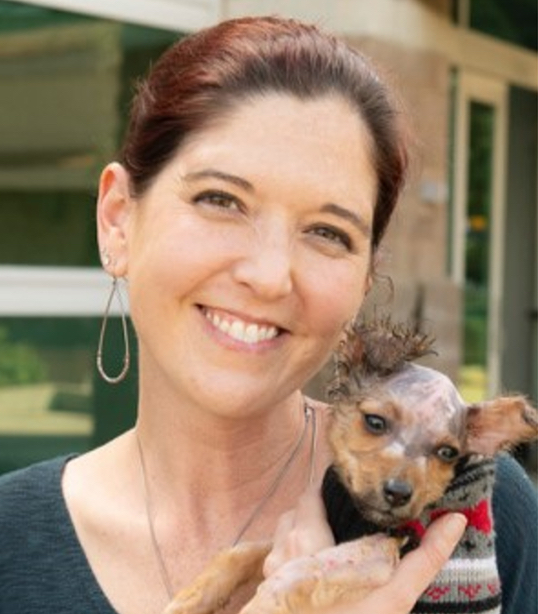Military Burn
Portable Nanoparticle Anesthetic Dressing for Burn Wounds



Posted February 14, 2023
Tina Palmieri, M.D., University of California, Davis Medical Center
 Tina Palmieri, M.D.
Tina Palmieri, M.D.(Photo provided)
The challenge of implementing feasible, effective trauma interventions in the field that are sustainable in austere environments drives innovations in burn research. Burn and trauma wounds sustained on the battlefield often involve multiple injuries, such as any combination of burns, amputations, broken bones, and/or smoke inhalation. Delayed hospital-based care of Service Members suffering from burn and polytrauma poses an increased risk of infection, organ failure, and other complications. Pain management resources may not be available at or near the point of injury. If pain management resources are available, current options involve either short-acting opioid analgesics that may not adequately alleviate neuropathic burn pain, or topical lidocaine, which is limited to use on small cuts or burns.
With a fiscal year 2021 Military Burn Research Program (MBRP) Idea Development Award, Dr. Tina Palmieri will examine the safety and dosing of a long-acting lyophilized nanoparticle anesthetic tilapia dressing (NPD) that would be suitable for use on burn-injured Service Members on the battlefield. Dr. Palmieri led a team of researchers to develop NPD, which consists of lidocaine bonded to a nanoparticle on dried tilapia skin. The use of lidocaine bound to a nanoparticle controls the release of the medication, offering pain control while avoiding the toxicity associated with topical lidocaine applied to large total-body surface area burns. The tilapia skin provides wound coverage and promotes healing. The NPD is portable and easily reconstituted with water, making it ideal for far-forward austere environments.
 Richard Applegate
Richard Applegate M.D.
(Photo provided)
 Jamie Peyton
Jamie Peyton DVM, DACVECC
(Photo provided)
 Kit Lam
Kit Lam M.D., Ph.D.
(Photo provided)
In this project, burn surgeon Dr. Palmieri, and her team of multidisciplinary collaborators, including an anesthesiologist, biochemist, and veterinarian, aim to improve the physiochemical properties of the NPD with the use of a collagen-acting ligand. Addition of a collagen-acting ligand has the potential to increase the delivery efficiency and skin adherence of the NPD. This would provide a sustained release of anesthetic delivered to the burn wound for 5-7 days via a nanoparticle-controlled release of lidocaine. Dr. Palmieri also aims to determine the cold chain logistics and administration strategies for the application of NPD. Optimal dosing strategies will be determined and evaluated for efficacy using a porcine burn wound model. Safety and efficacy for pain management and burn wound healing will be evaluated as well.
Dr. Palmieri's novel dressing addresses a critical gap in the burn care continuum: the urgent need for deployable burn care treatment for use in austere environments. The anticipated safety and dosing data from this MBRP-funded study could facilitate a future clinical study of the dressing. If successful, this novel dressing would provide burn wound coverage coupled with necessary pain relief at the point of injury.
Last updated Monday, March 10, 2025














